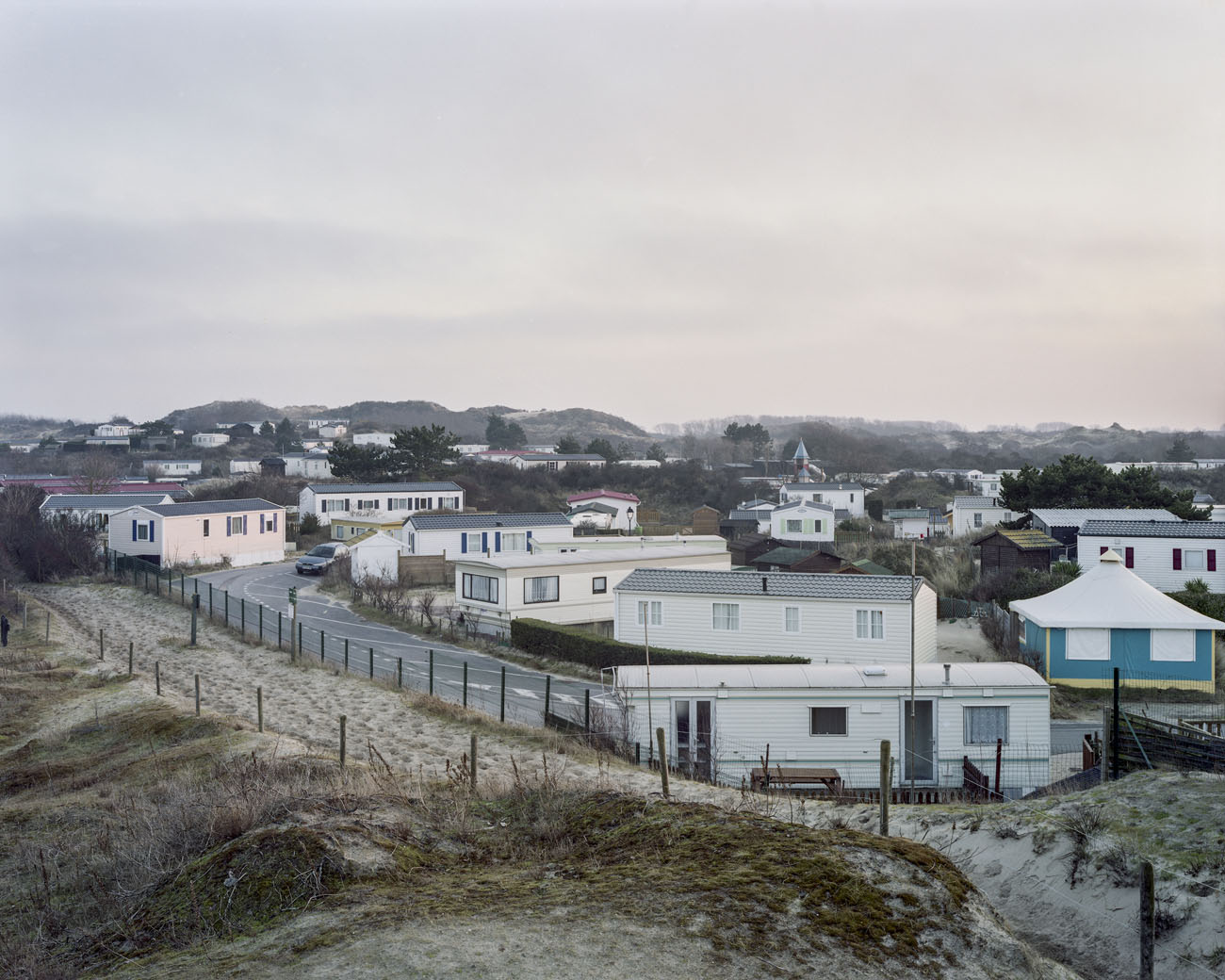

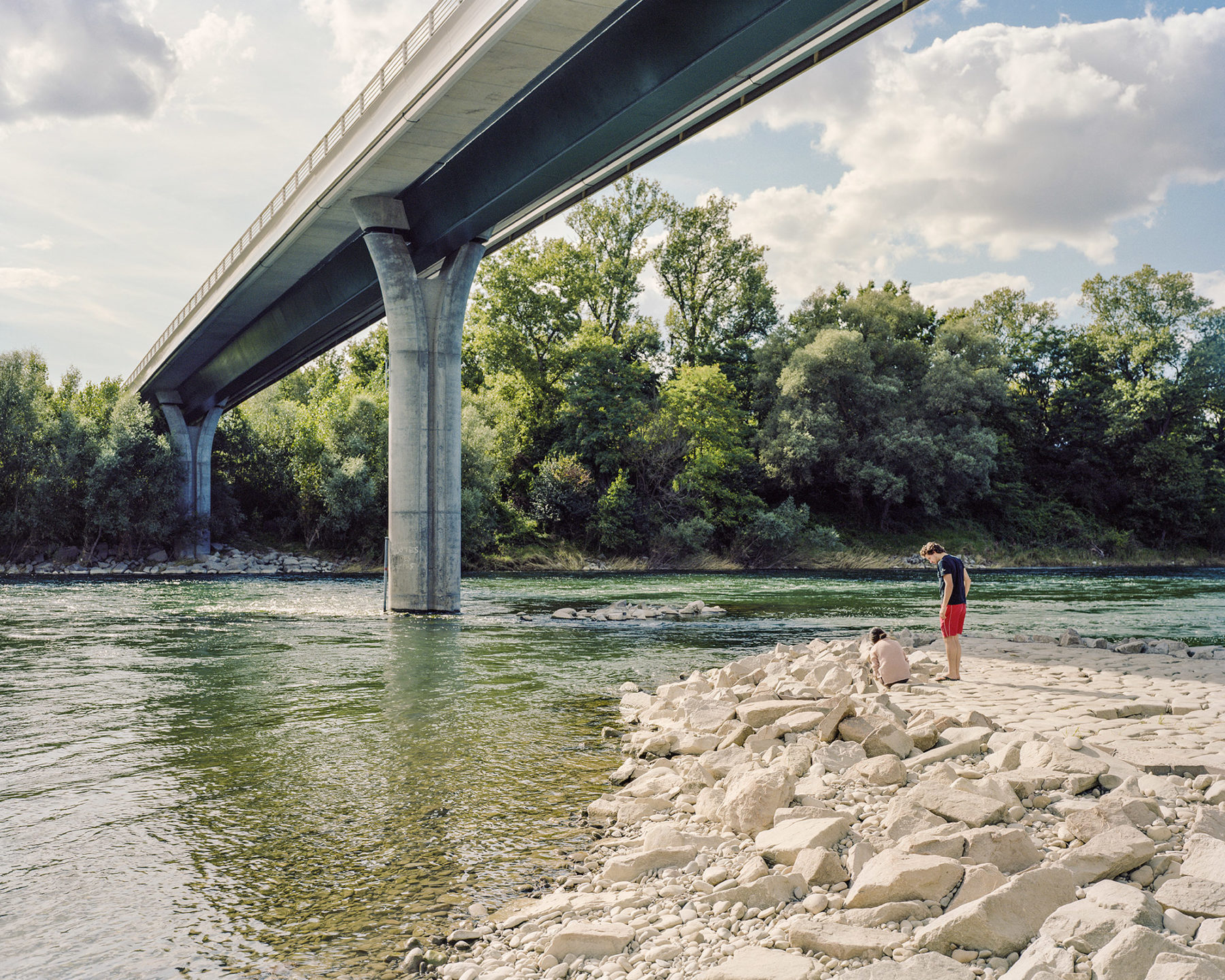
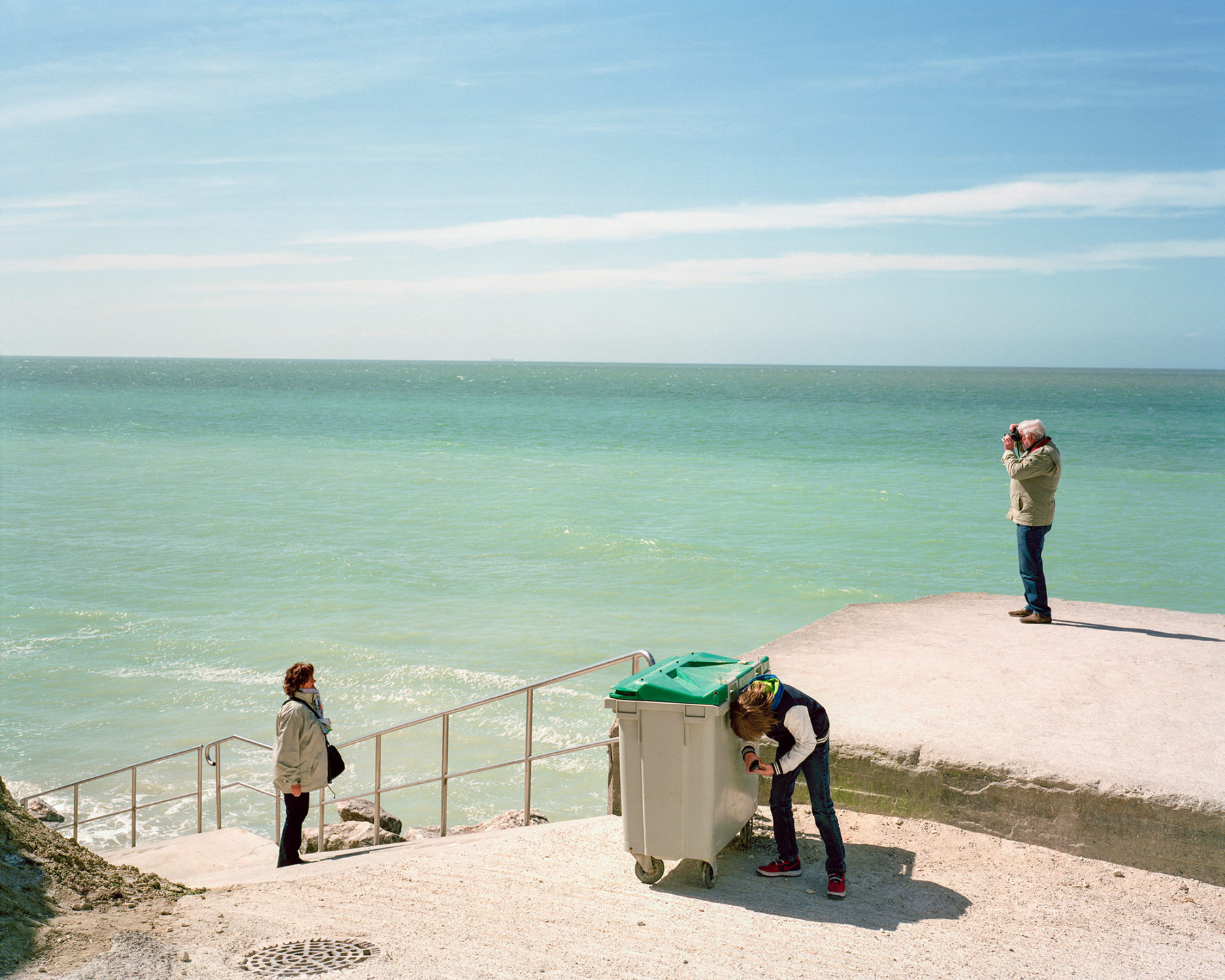

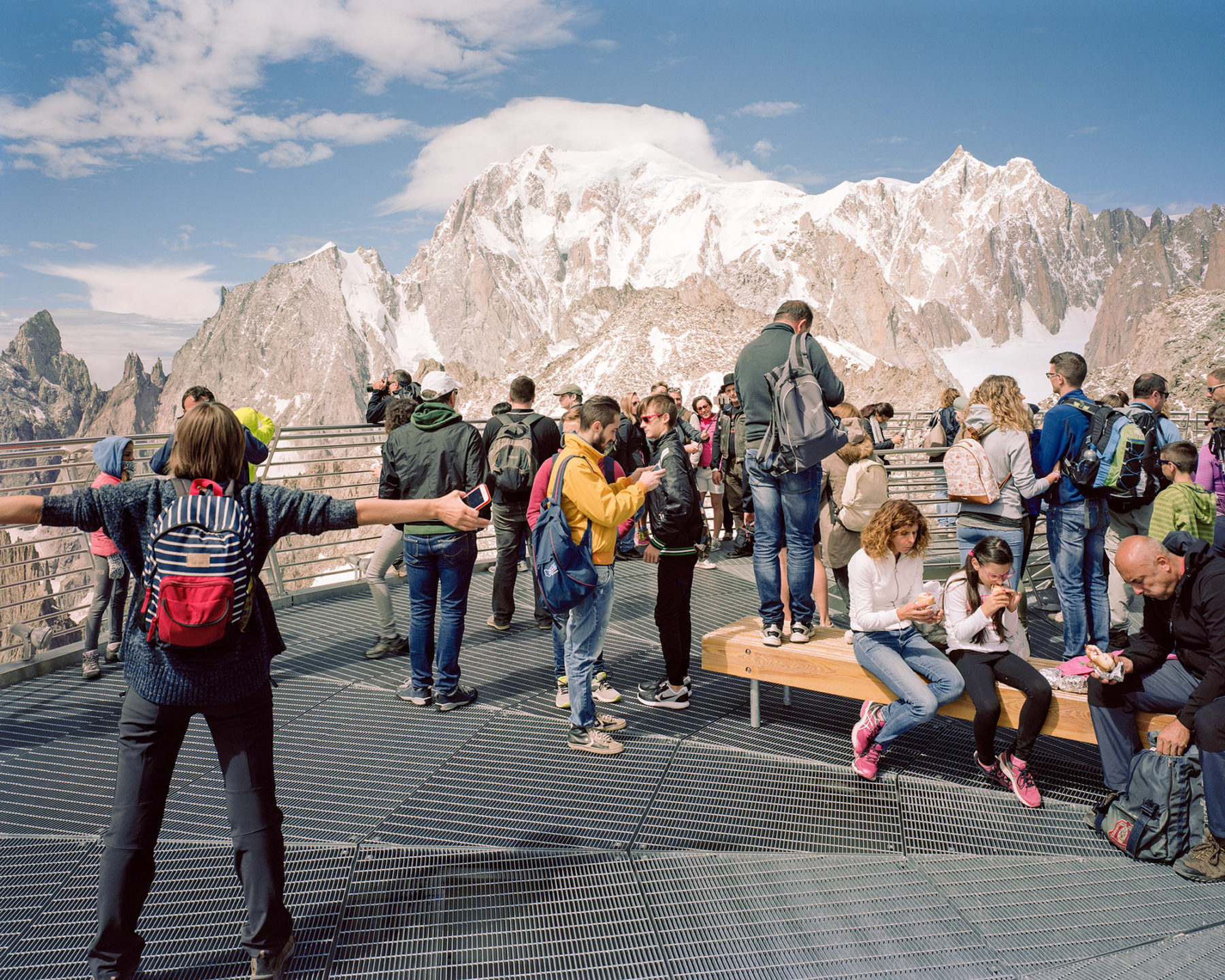
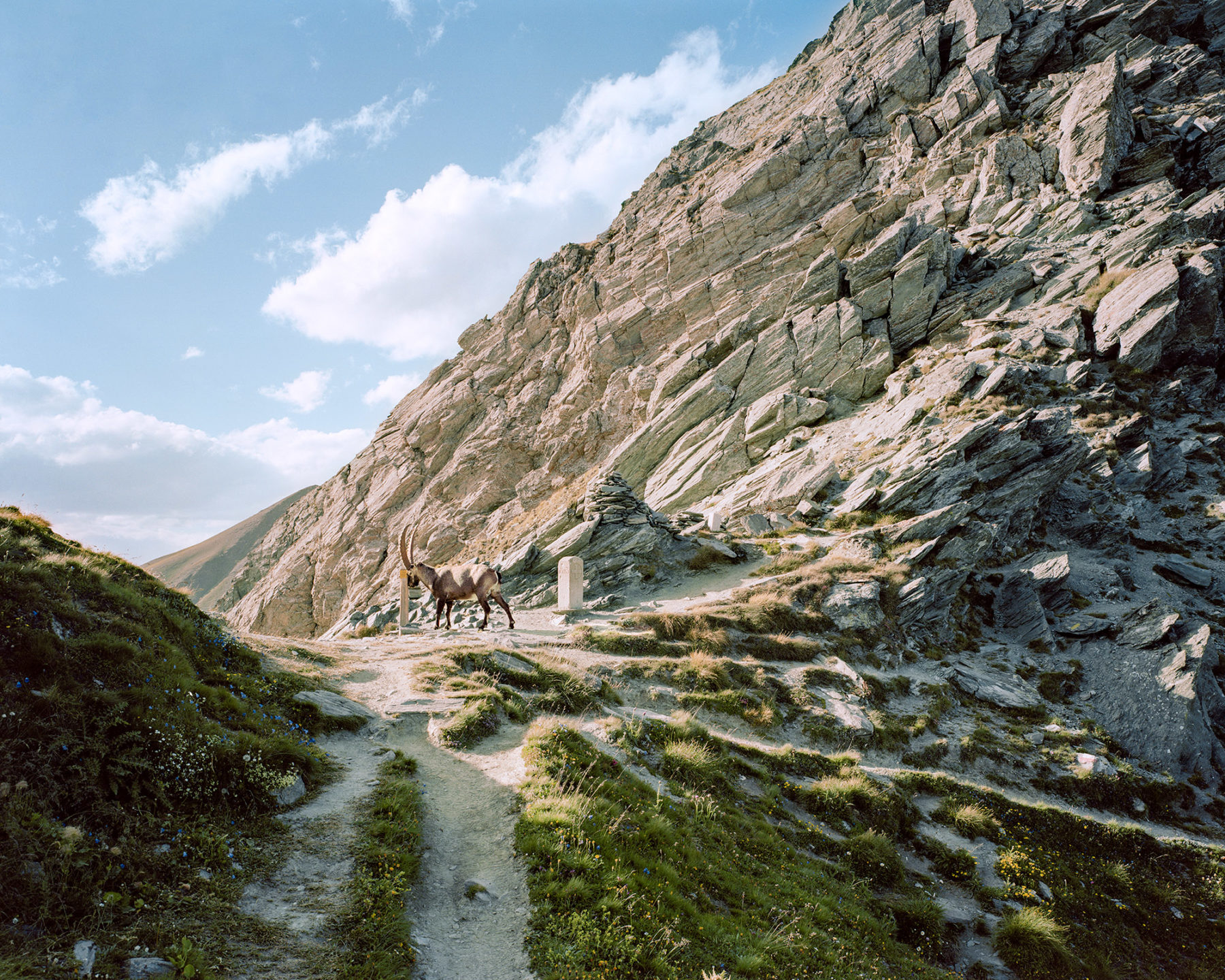
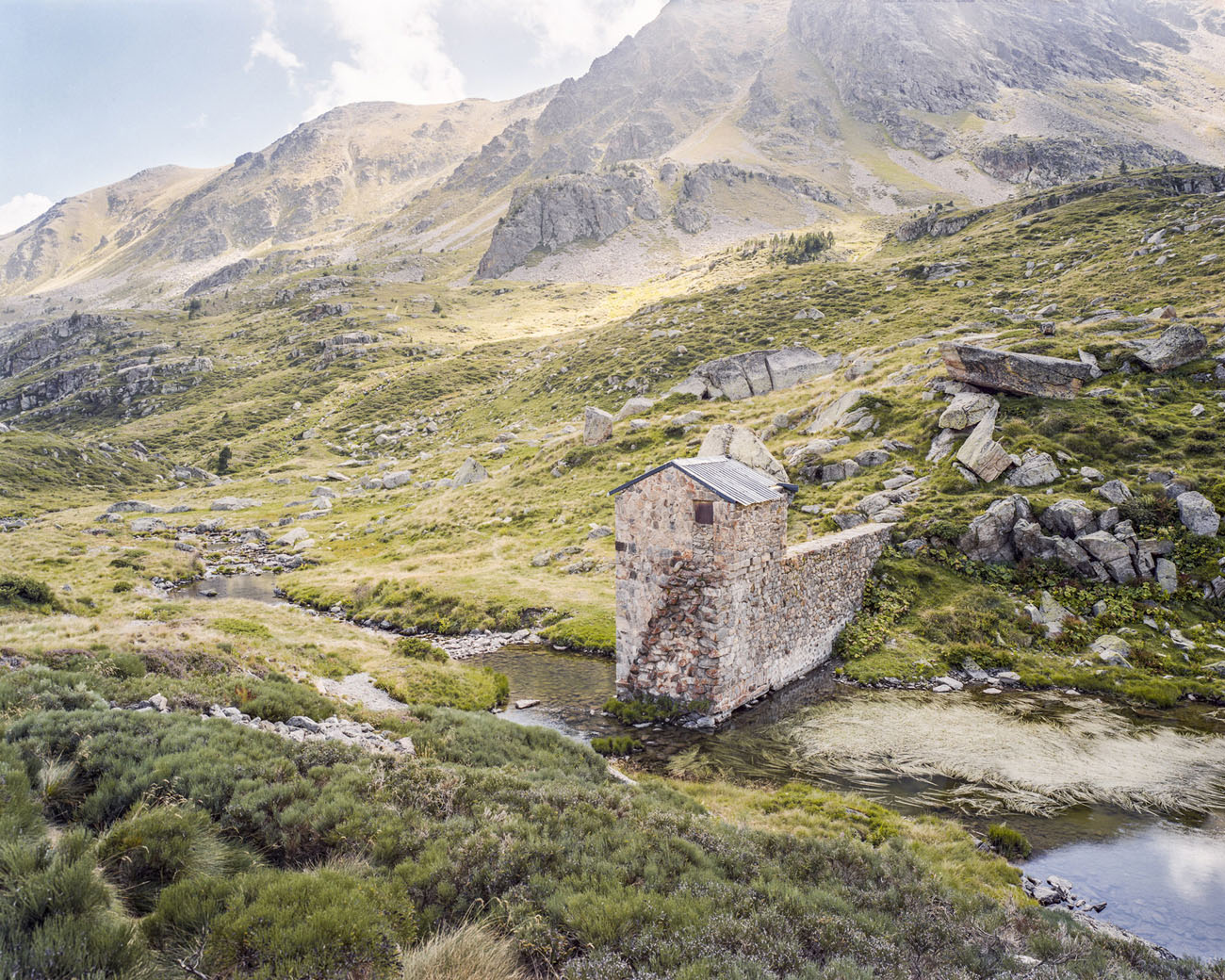
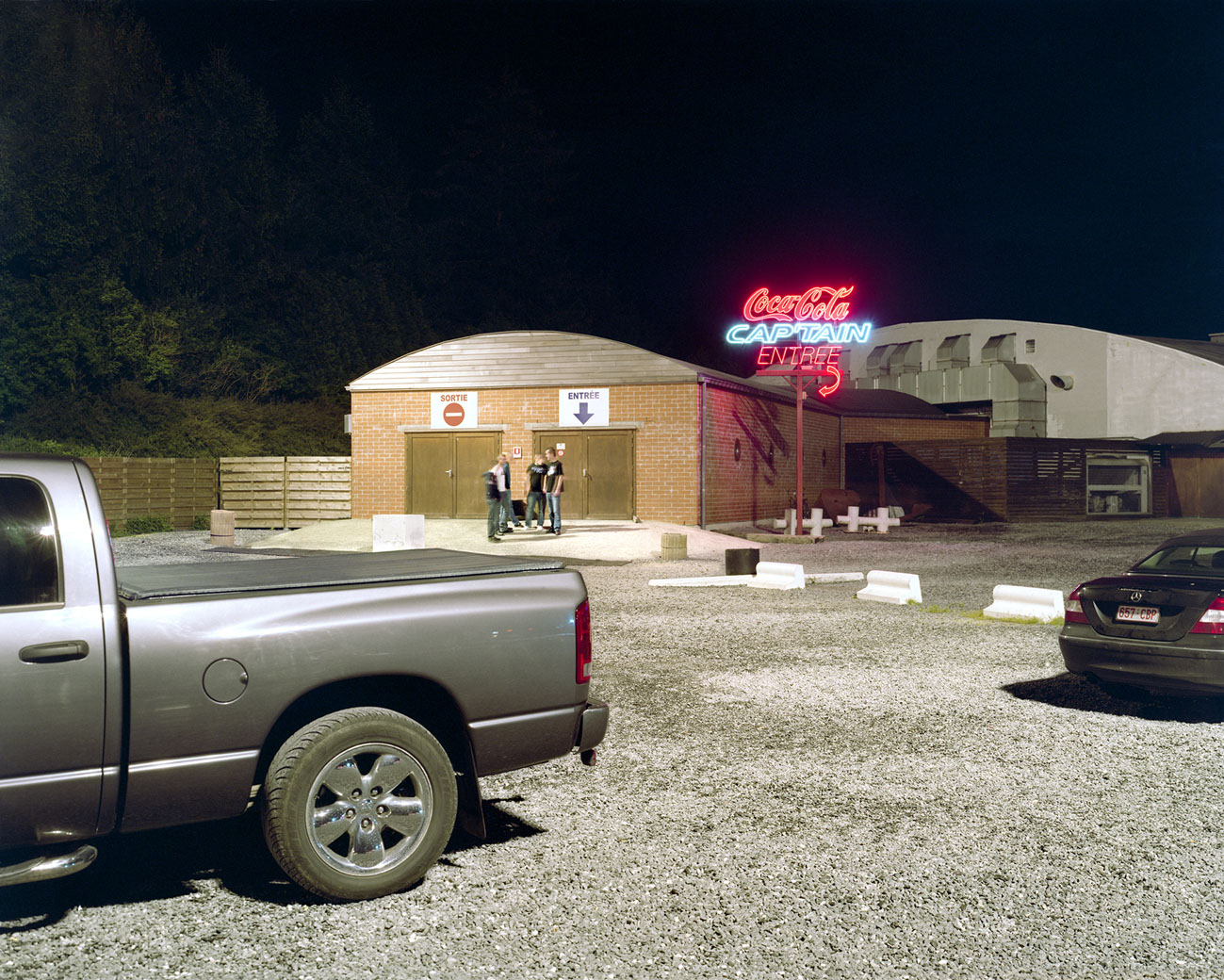

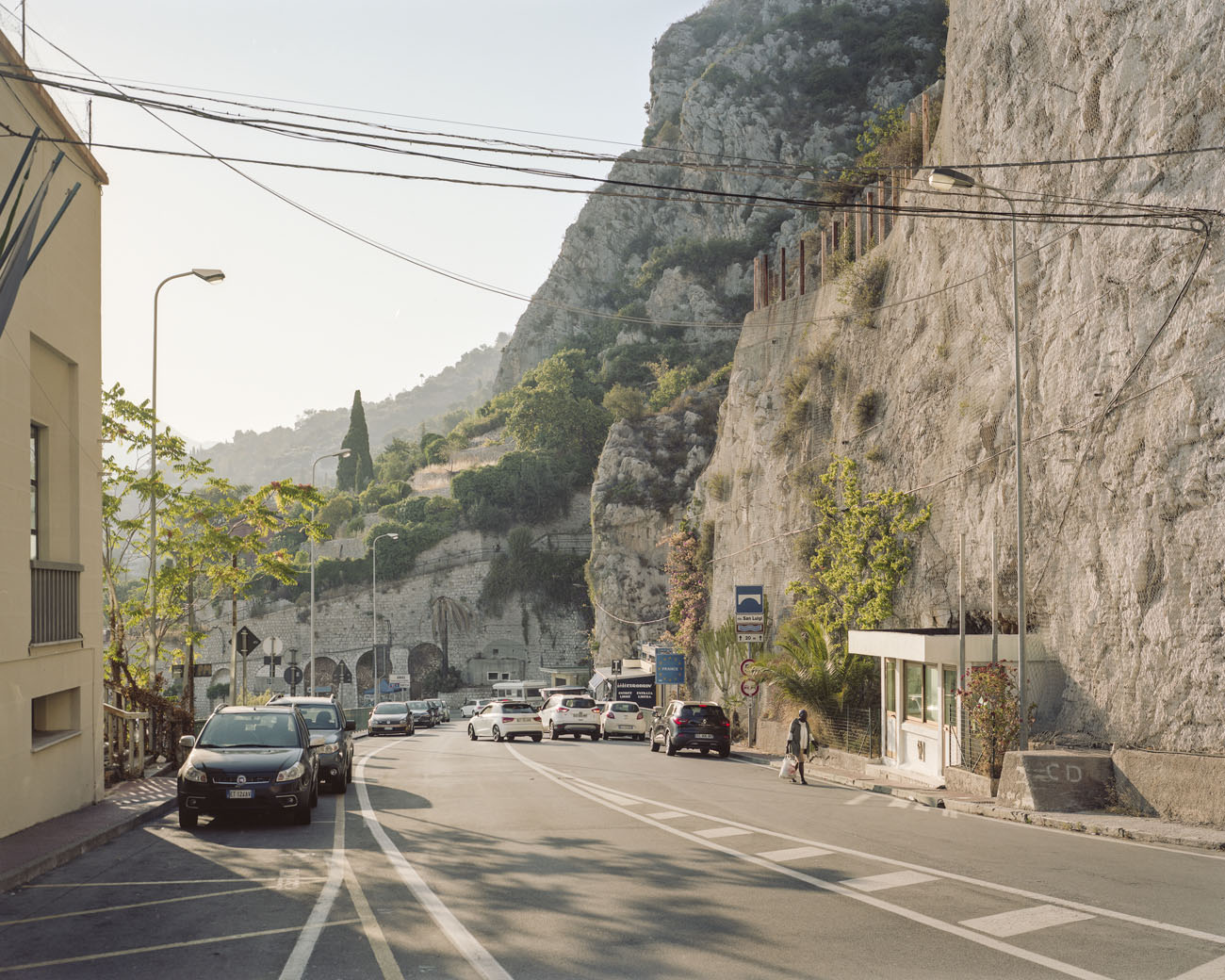
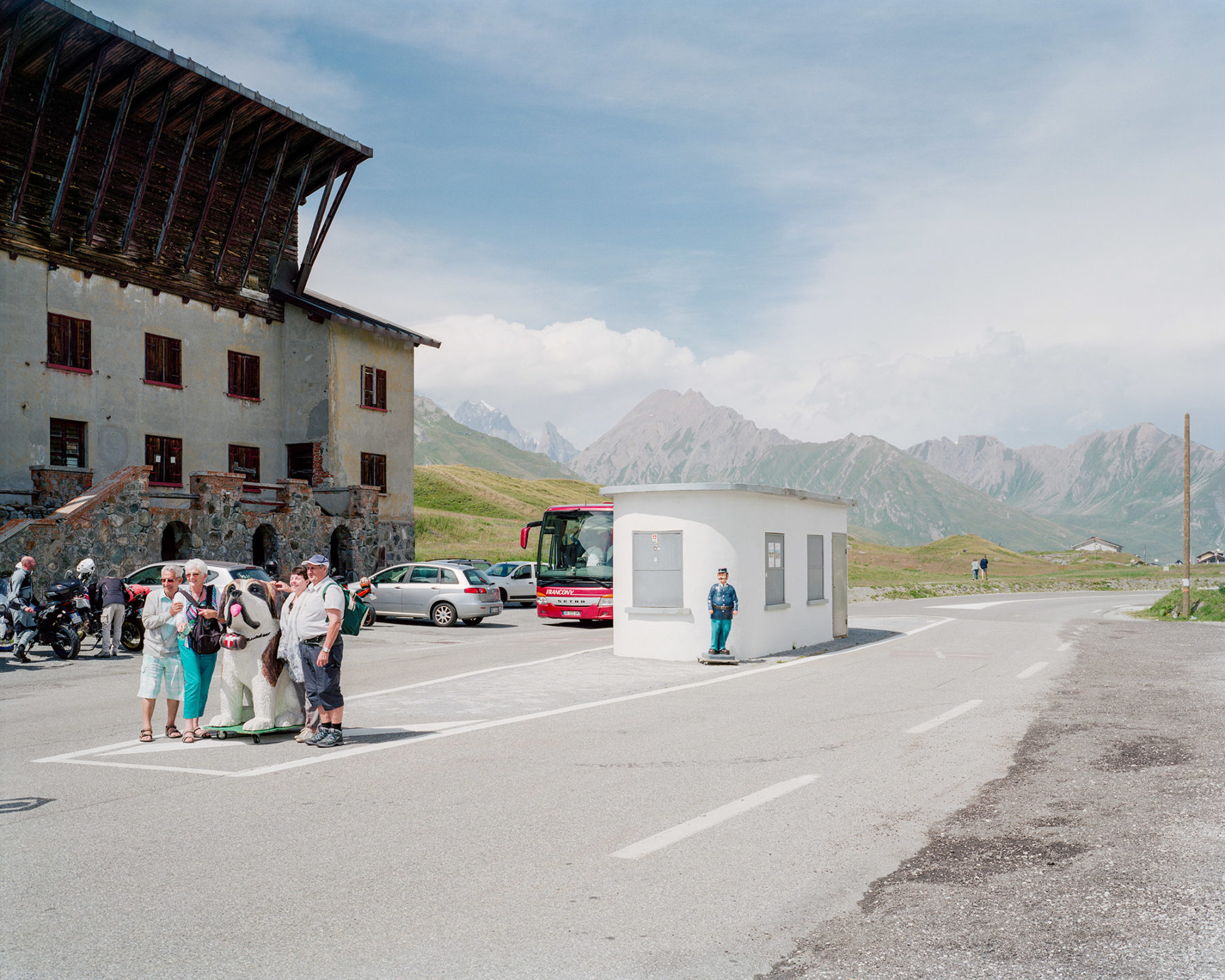

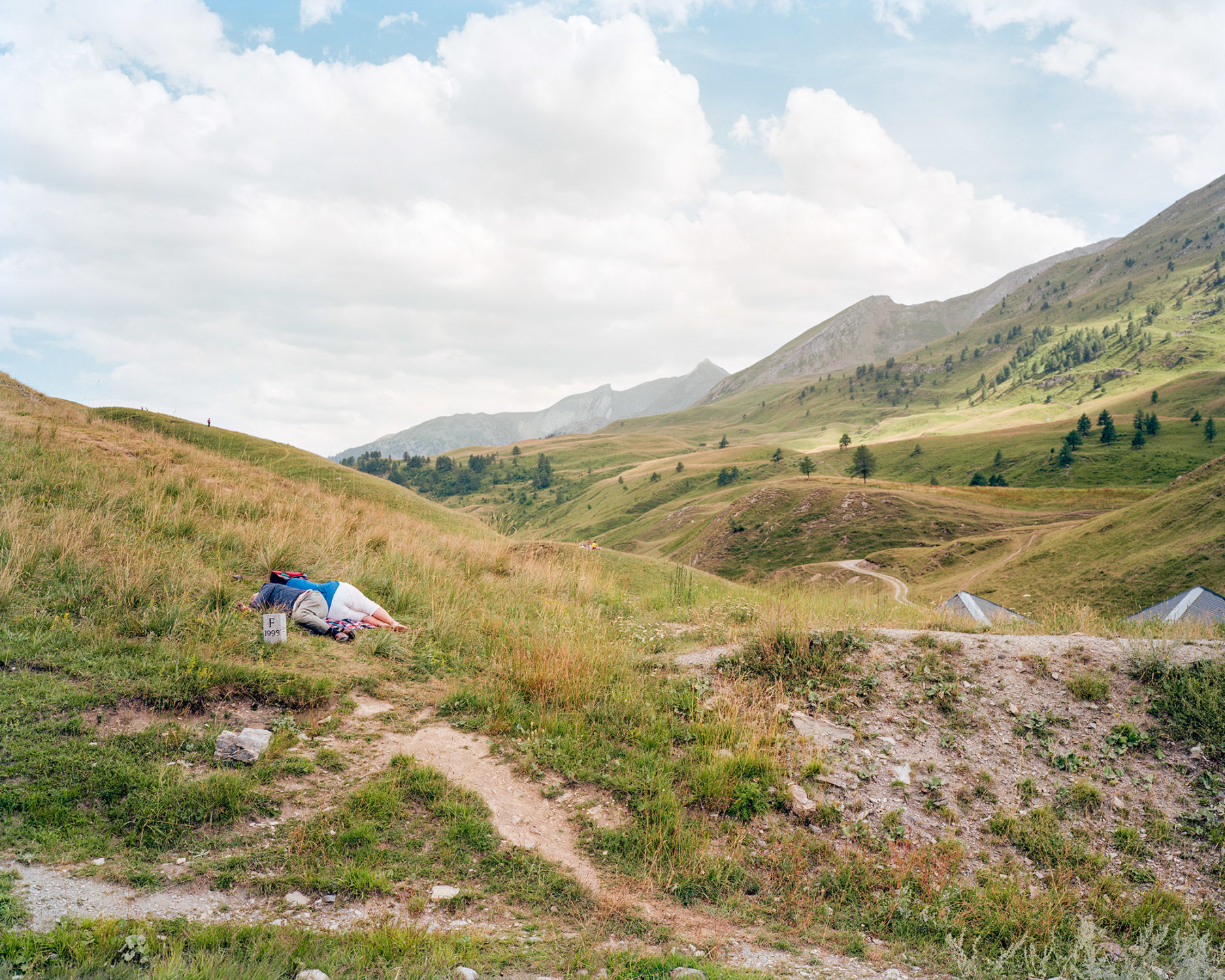


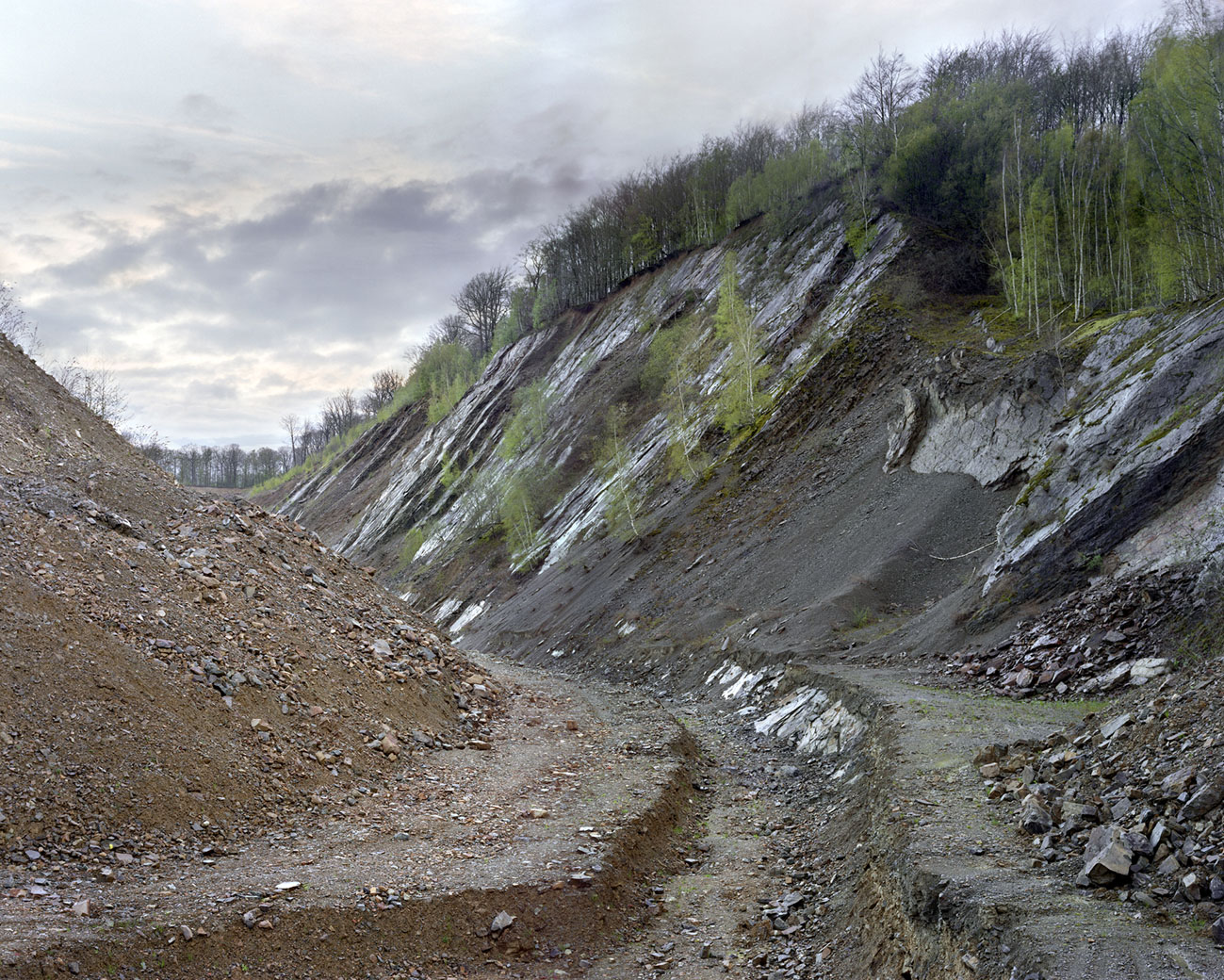
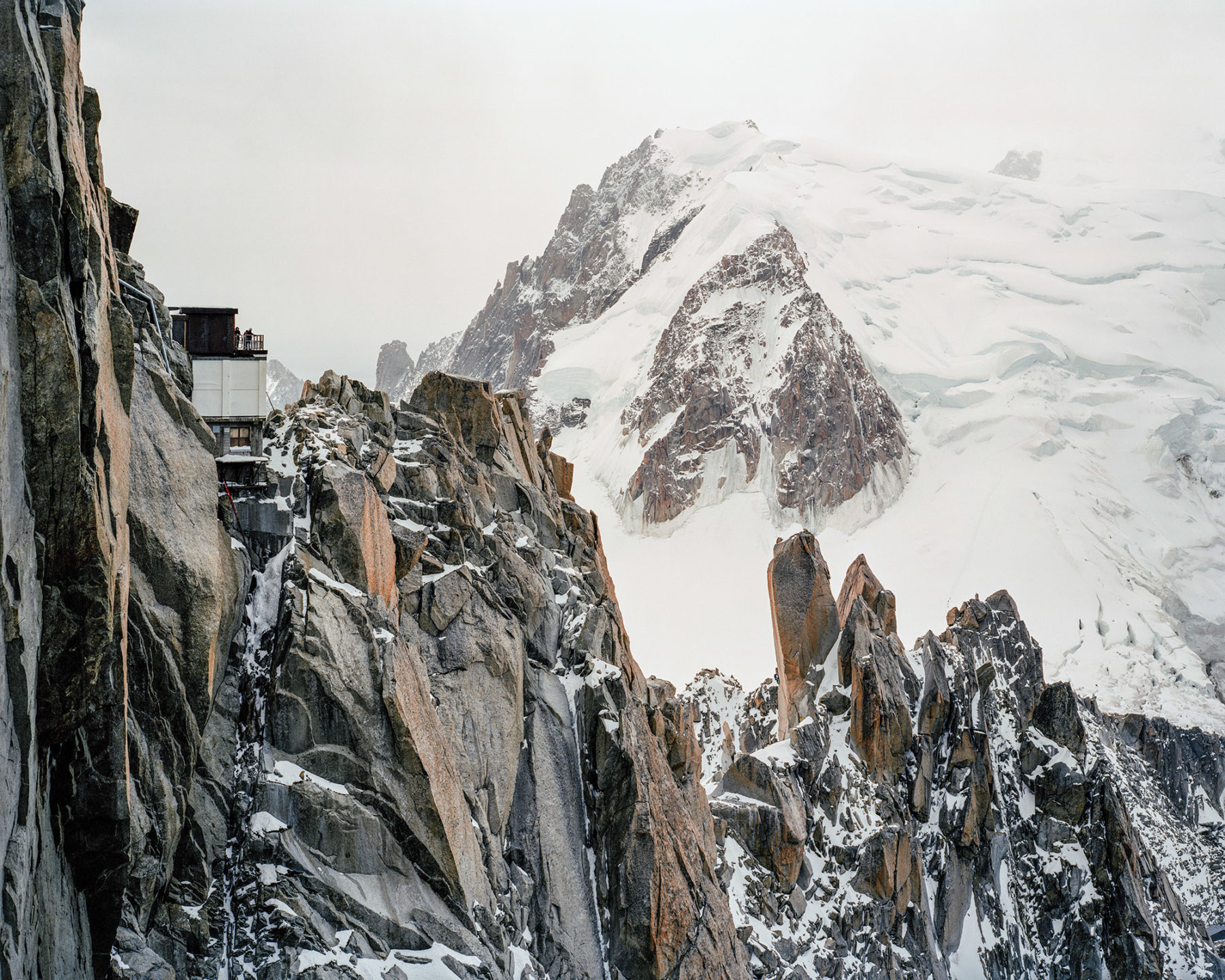
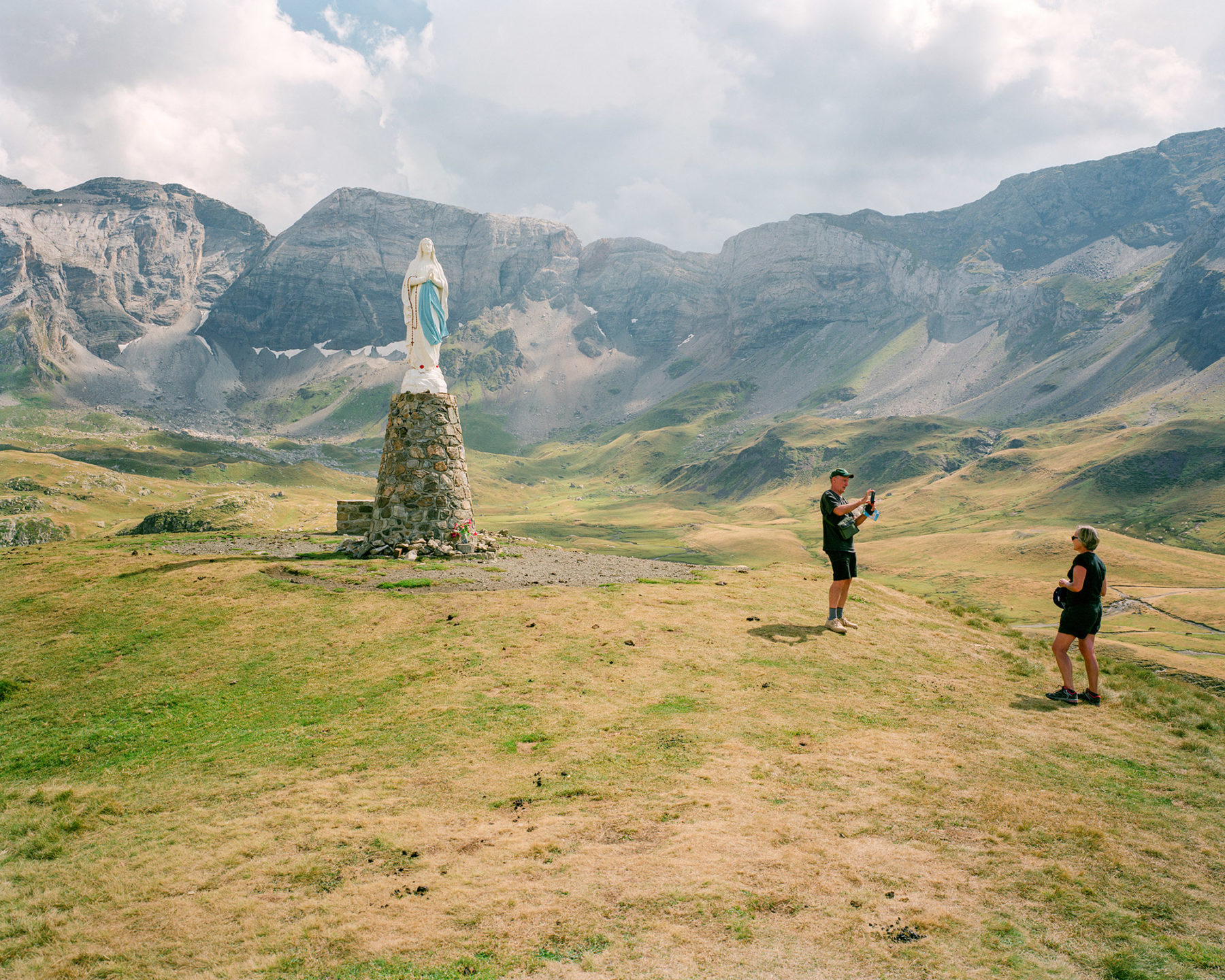

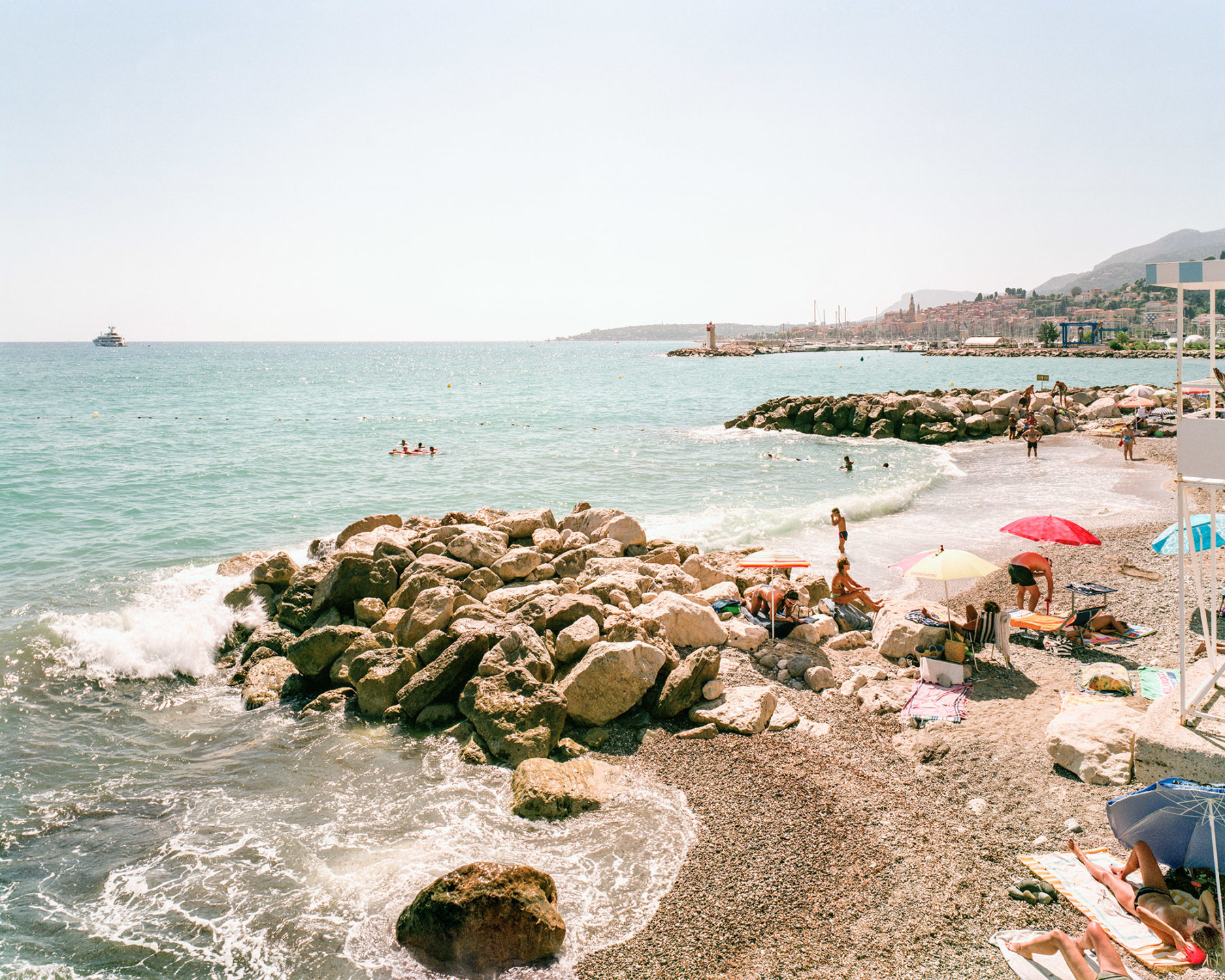
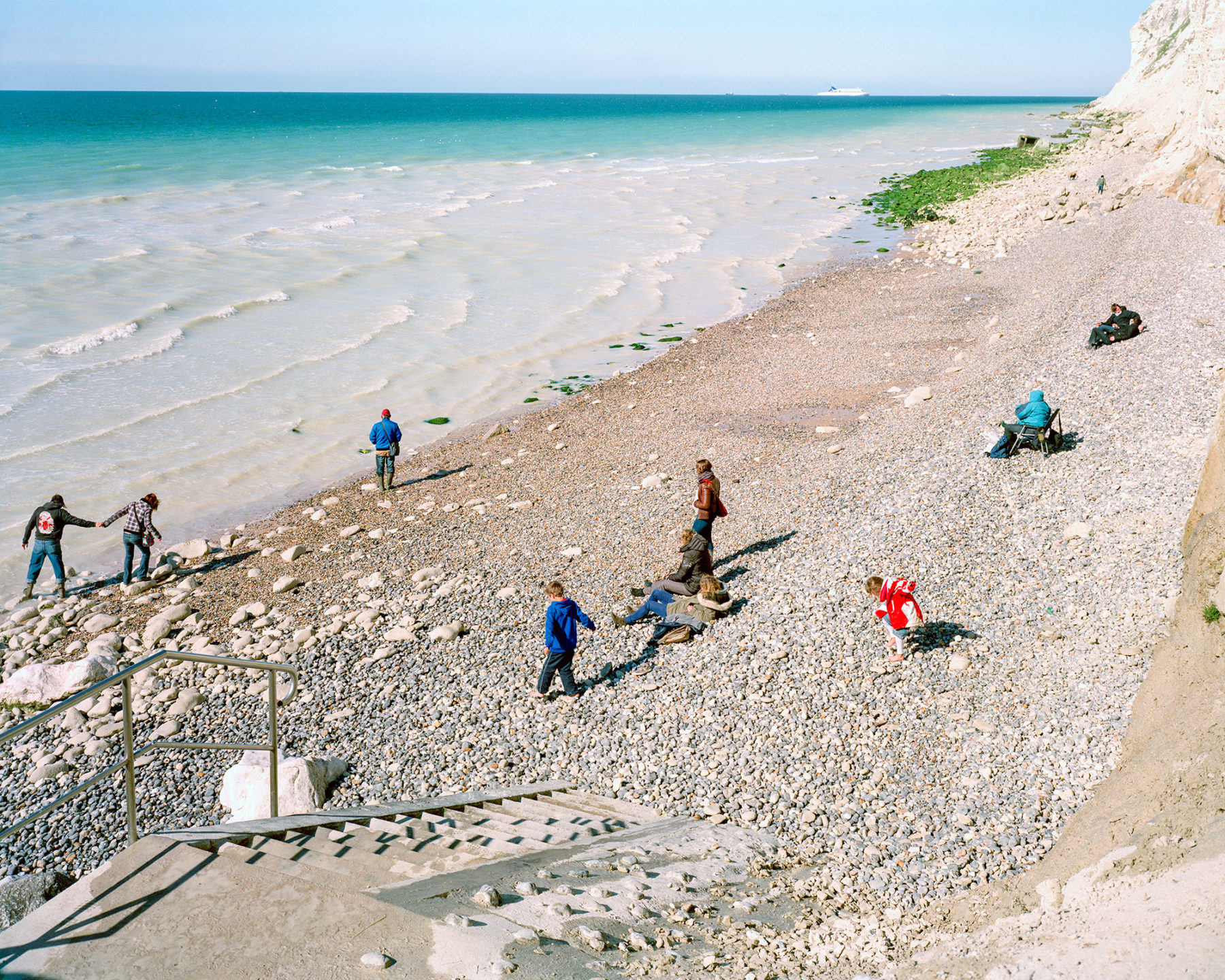

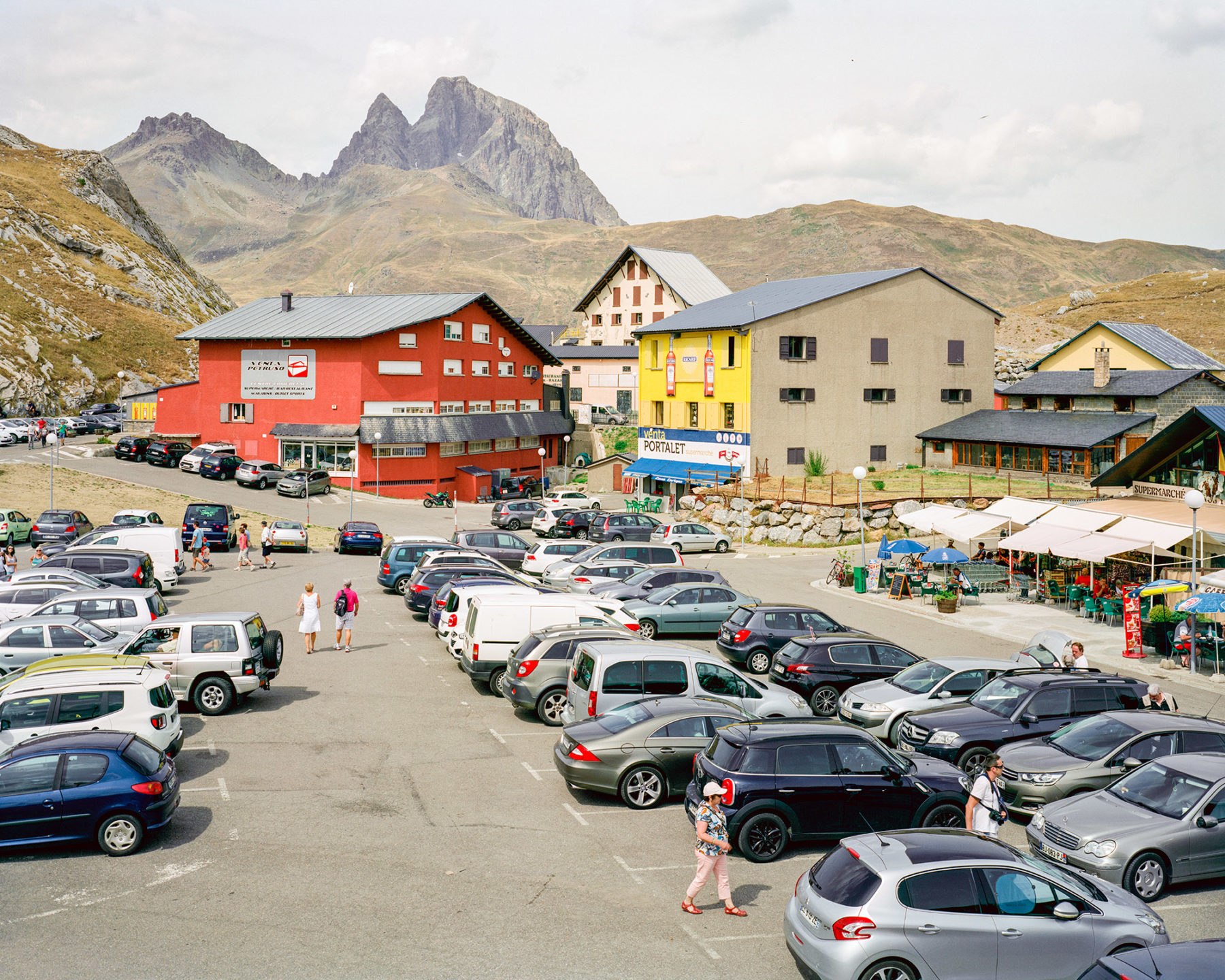
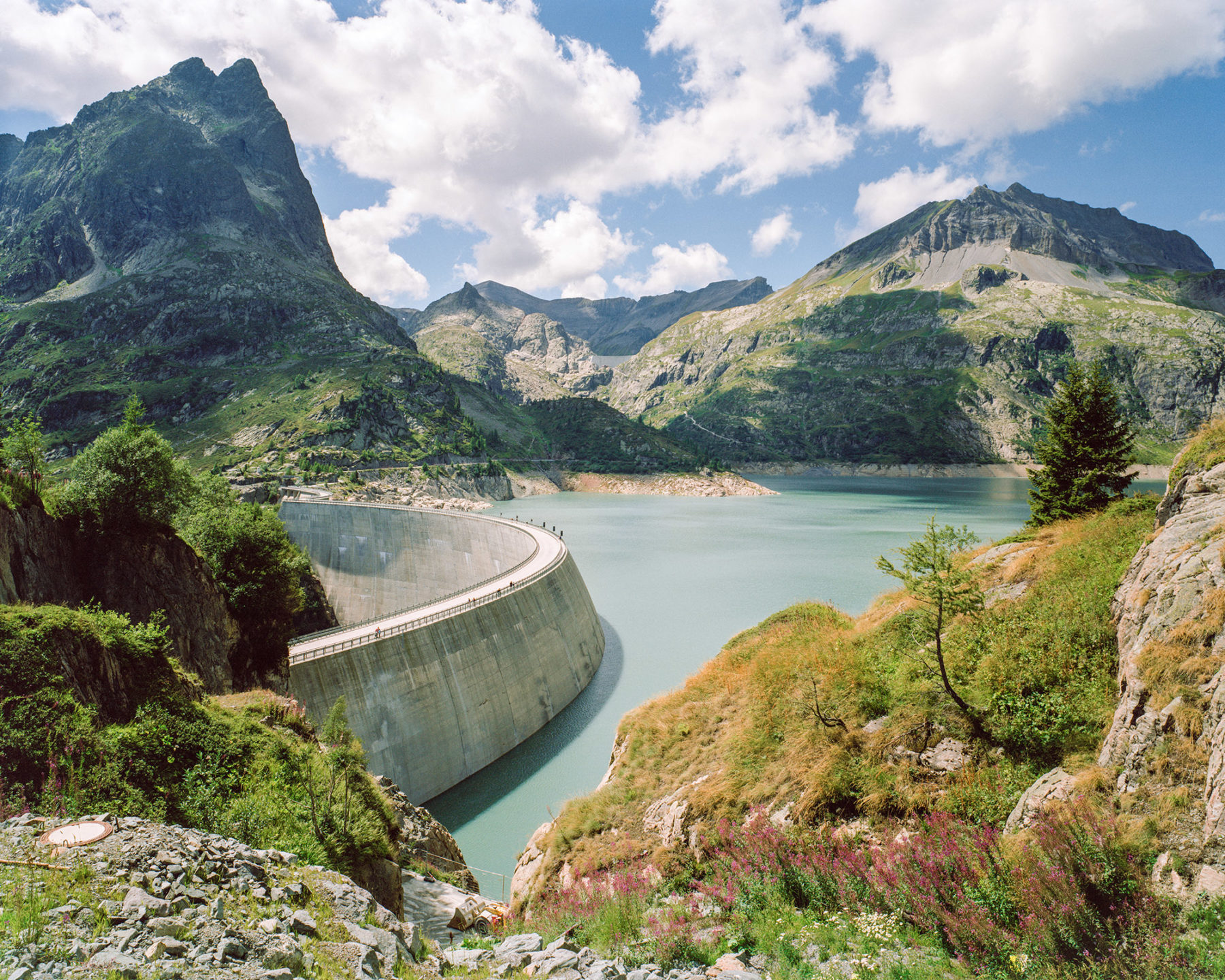
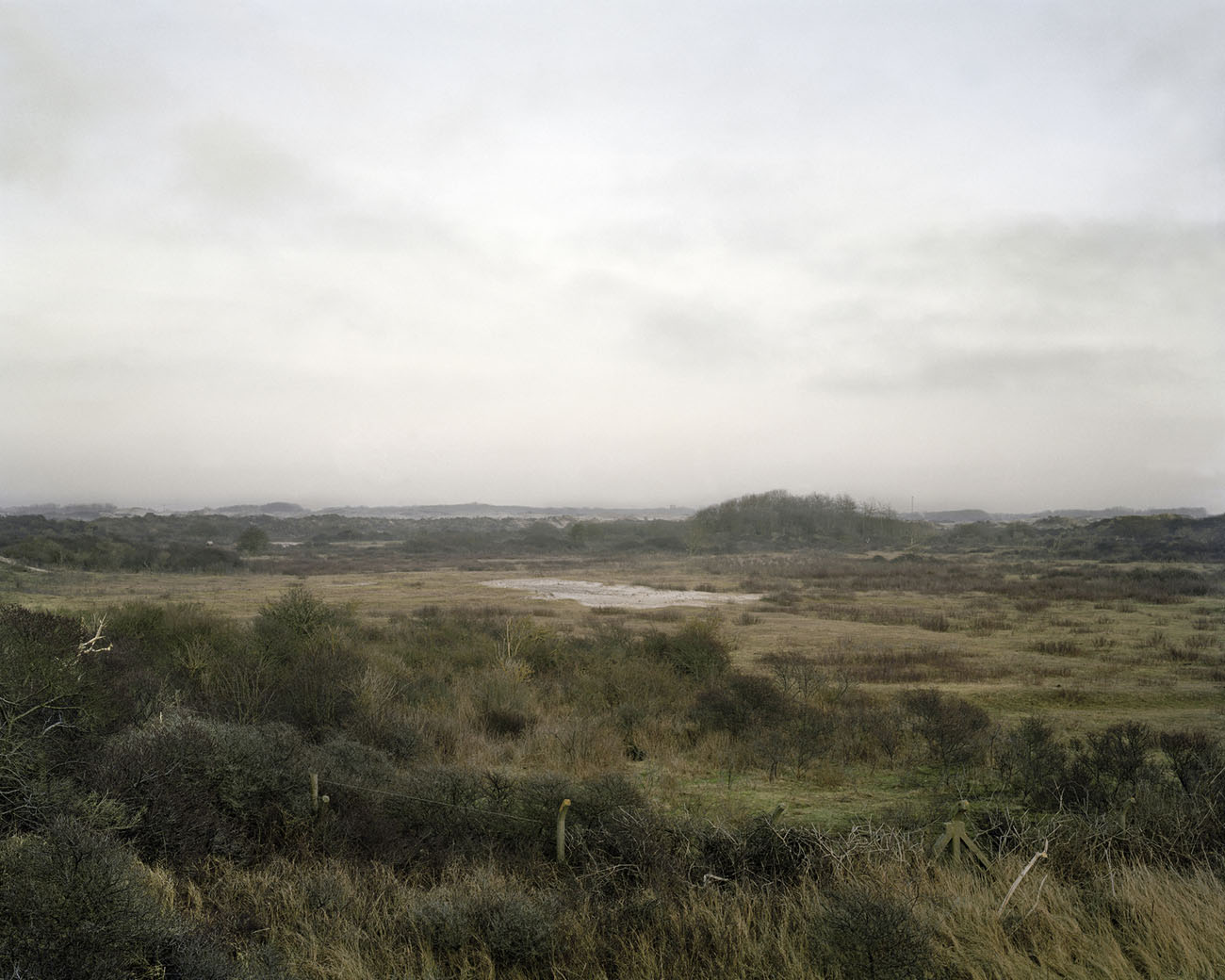
Border
If there is one thing we learn from history is that boundaries between places are not immutable. They move, they harden, sometimes they disappear. Yet, they have existed for so long that we could believe that they belong to the nature of men. Humans have marked space from ancient times, separating the land of living beings from the kingdom of the dead, tracing properties, distinguishing social conditions, relating to the forbidden. The concept of boundary is closely related to that of limit. What you can do, walk, touch. In this sense, the limit is an excellent springboard for the imagination because it allows us to glimpse an otherness, feel diversity, and helps to think and reflect on the afterlife, on the other from us. It represents an exploratory potential, and for this very reason, it originally marked the transition to taboo. We can say that the border represents one of the first types of language and communication. Stones, broken branches, and boundaries, were a confirmation of an inside and an outside, a before and an after. Time again.
We can read national borders with respect to this wealth of past achievements. Frontiers are a manifestation of this an- thropological stratigraphy. It’s a long process of both conceptual and technological signs of progress that pass-through bars, barbed wire, passports and identity cards, languages and coins, satellite surveillance, and all those social and economic inventions that structure a sense of belonging, identity processes, homelands, and foreigners. Borders hide entire dictionaries on which the history of civilizations rests.
The photographic work on the French border landscapes by Maxime Taillez makes these thoughts resonate. Not only that, it invites us to update our considerations and, in particular, those relating to the transience of borders. In Europe, thanks to the Schengen area, goods and people residing in the Union have had the opportunity to move around with greater ease and freedom. And the once separate territories have begun to transform, to be colonized differently for reasons of convenience, under one country’s competitive advantages over another. It has always been and will be.
Through a series of broad pictorial views, the observer is catapulted between different geographical border cases: the mountain with its peaks, the sea, and cities and villages. It’s a colorful sample of situations. People are portrayed in the most disparate positions. The presence of the border is barely pronounced, suggested, evoked. A spontaneous naturalness pervades the photographer’s gaze, and that seems to question the historical sense of confined space.
There is an image that I find compelling, it portrays an ibex on a mountain pass. Well, we know animals; they bear artificial borders badly as if their name were unpronounceable. In fact, they recognize the natural boundaries dictated by the morphology, by the territory’s hydrography. And therefore, it is a strong invitation to reflect on how much our own human nature requires them; the frontiers. Especially in these times, in which in Europe both for economic crises with migrants pressing on borders, and health with Covid that binds us to limit contacts, it becomes essential to ask questions. And this work invites us to pose them.
Prof. steve Bisson
Paris College of Art
Chief editor Urbanautica Institute